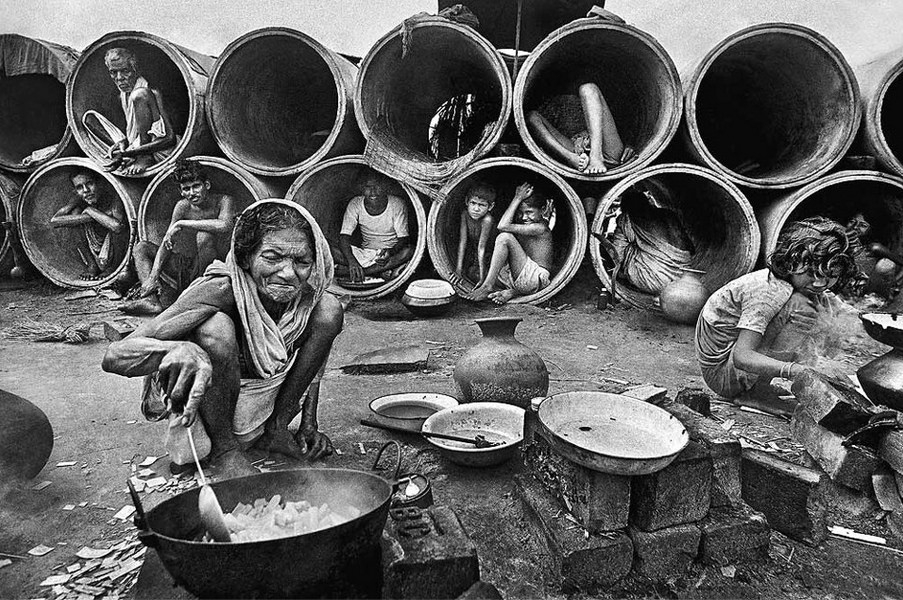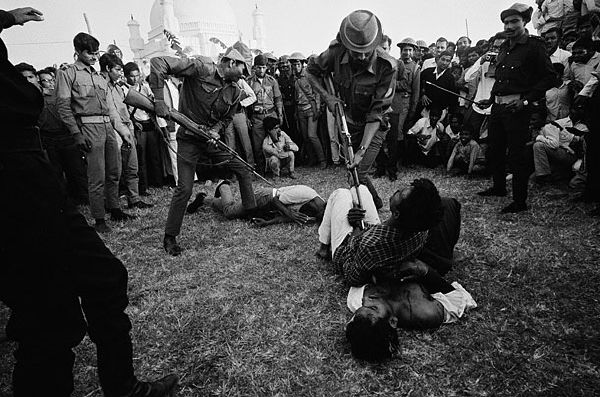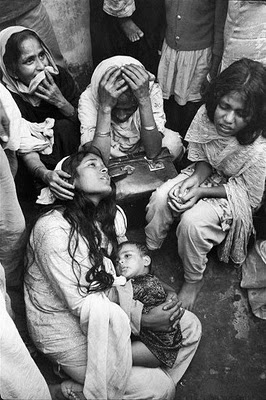
 A tragedy that can never be forgotten, the Bengali genocide that killed 3 million
A tragedy that can never be forgotten, the Bengali genocide that killed 3 million
Thursday 11th January 2018 | Grace
It's the 1970s in the UK; the sixties had been swung, the economy was up, and fashion was tight yet flared both at the same time. On the other side of the world, however, it was a different story, as in 1971 up to 3,000,000 people were murdered and an estimated minimum of 200,000 people raped in a bigoted bid to make the country ethically "pure".

The genocide began way back in 1947 as a political and racial divide between the country of Pakistan. Due to the Partition of India (the division of British India which led to two independent states forming, Pakistan and India) Pakistan was separated by 1,000 miles of Indian territory, with those on the West of Pakistan viewing those on the East as “impure” or “too Bengali”, creating a reign of hatred and violence that would span for several decades.
Demographically, the Bengali people were the majority of the population within Pakistan and most of those were also Muslim. These people were seen and treated as second-class citizens with even the leader of the country referring to them as “low-lying people”.

The following year, Urdu was declared as the national language of Pakistan, despite only 4% of the population speaking it, which sparked outrage. From here, in 1952, demonstrations began in the capital of the Eastern side of the country, Dhaka and the forcible breaking up of the protests lead to the deaths of many citizens who were then considered martyrs for the cause. This was just the start of the killing that the country would experience in a few short years.
In the years following, the East felt more betrayal from the government including using them as a willing sacrifice in order to gain the now Indian Province of Kashmir. Finally, in 1970, the first democratic general election in Pakistan saw an Eastern party win most of the votes, however, the Western government already in charge prevented the party from gaining power and declared martial law, destroyed a temple and kill 85 Hindus before leader General Yahya Khan declared his plan to kill 3 million Bengalis to try and make the East submit to his rule. This was just 4 months after the hope of protection for Bengalis after the election.

It was here, in early 1971, that 3 million cold-blooded murders occurred amongst the Bengali people. The destruction came in waves, first it was the intellectuals and students, then it was the 200,000 women that were brutally raped.
These horrific actions were thought to be supported by Muslim leaders in the thought that women were seen as “public property”. Witnesses even made claims of “Rape Camps”, where victims included young women and children.

An estimated 30 million people are thought to have run away to other countries to escape the violence but even today, Pakistan does not accept responsibility over what happened in the country that is today known as Bangladesh. Many of these war criminals are still to be found and charged over 40 years later for what is thought to be one of the worst genocides in human history. Although these people may never be found and punished for the atrocities they committed, we can never forget or ignore what happened and the millions of lives that have been affected.
